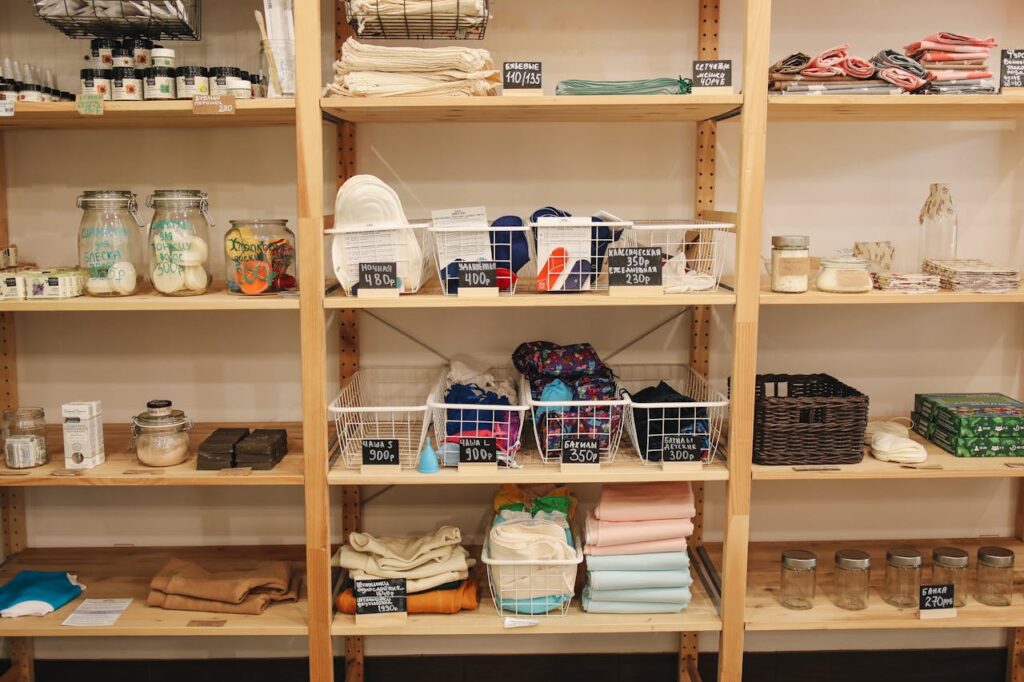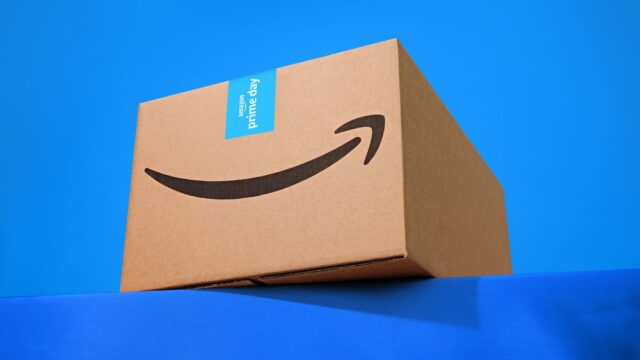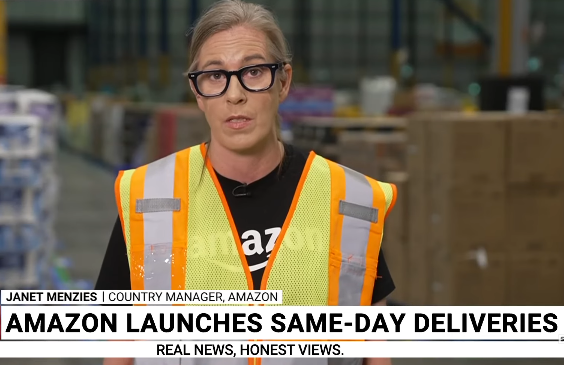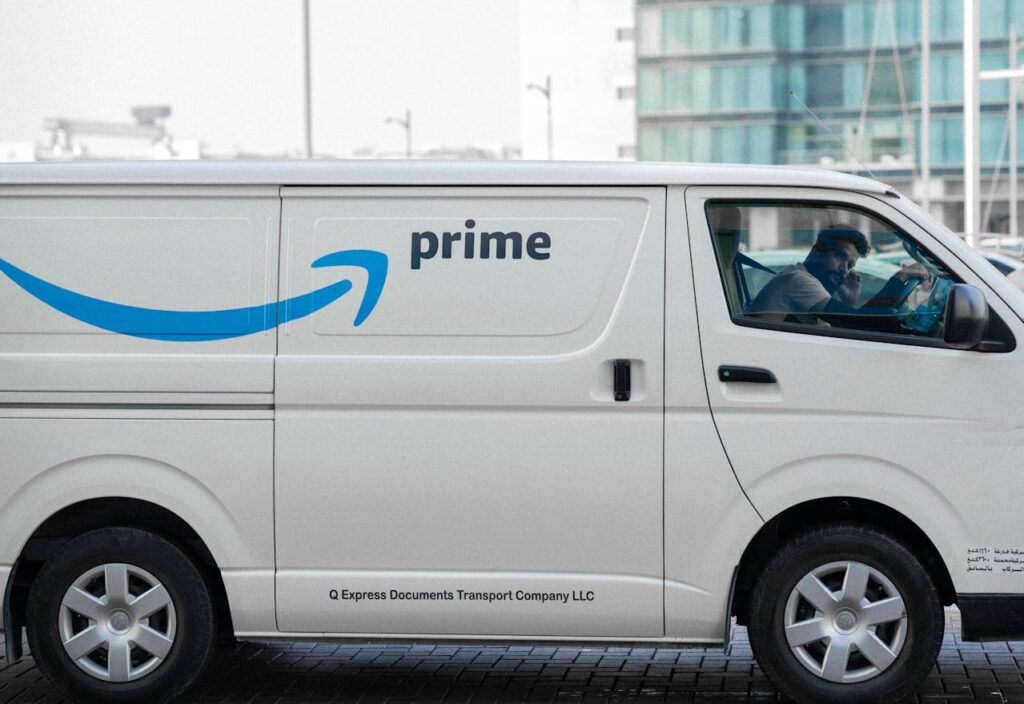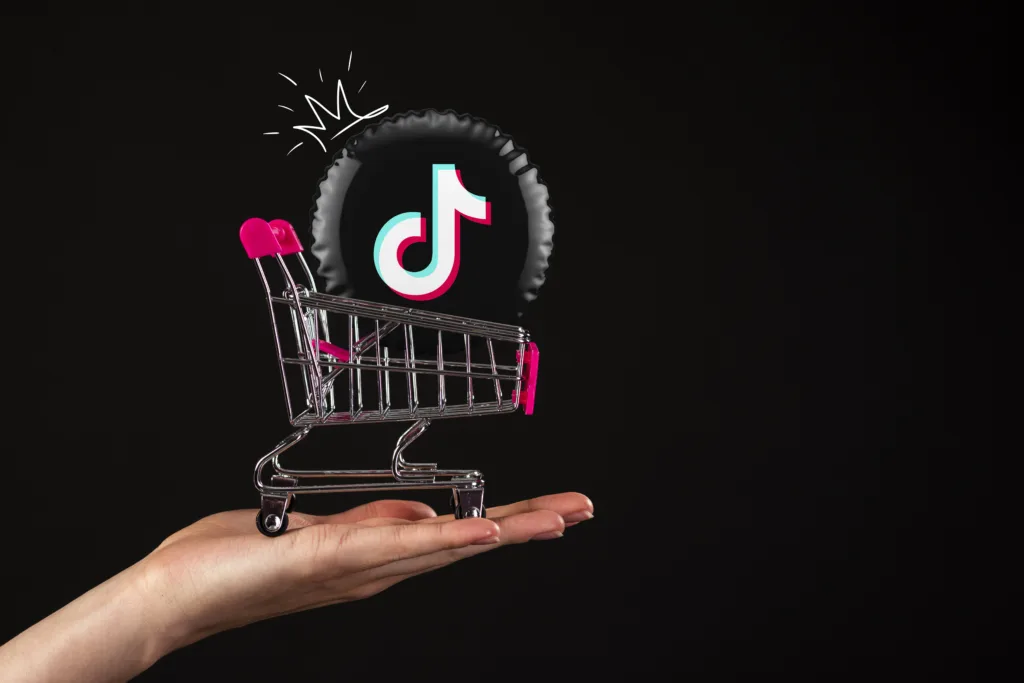YouTube Expands Course Features and Enhances Creator Tools
As creators continue seeking innovative ways to connect with their audiences, YouTube is expanding its offerings with new tools designed to enhance content creation and audience engagement.
From rolling out course functionality to more creators to introducing advanced shopping features and transparency tools, YouTube is evolving to meet the diverse needs of its creator community. This blog dives into the latest updates, breaking down what they mean for you and how to leverage them to elevate your content.
Expanding Course Functionality for Creators
YouTube has been testing its course functionality with a select group of creators, allowing them to create in-depth, multi-lesson learning programs on their channels.
Now, this feature is being made available to a broader range of creators, providing an exciting opportunity to diversify content and engage audiences on a deeper level.
Several new features become available once you designate a playlist as a course. Your course will be marked with a special badge, making it easily recognizable across YouTube, including search pages, home feeds, and watch pages. Additionally, courses will have their dedicated tab on your channel page, increasing visibility and accessibility.

YouTube has also introduced interactive elements such as quizzes, which can be associated with specific videos in your course. These quizzes appear in the video description, allowing your audience to test their knowledge and engage with the content more meaningfully.
Moreover, a discussion section at the playlist level enables viewers to interact with each other, ask questions, and share their experiences. This fosters a sense of community around your course and encourages continuous engagement. On mobile, viewers who complete all the videos in your course will receive a badge in their uTab, adding a gamified element to the learning experience.
How to Create a Course in YouTube Studio
Creating a course in YouTube Studio is straightforward. Simply click “Create,” choose “New Course,” and enter the relevant details such as the course title, description, and visibility.
While course creation is currently limited to desktops, videos can still be uploaded via mobile, with the option to add them to your course on a desktop. These features are gradually being rolled out, so they should be available soon if you don’t see the option yet.

Enhancing Live Shopping Streams
In addition to the course functionality, YouTube is enhancing its shopping features. Creators can now pin multiple products during live shopping streams, thanks to a new toggle inside the shopping tab in the Live Control Room.
This allows for the rotation of pinned products every 60 seconds, ensuring that different items are highlighted throughout the stream. This feature increases product visibility and keeps the shopping experience dynamic and engaging for viewers.
Improving Transparency with Synthetic Content Disclosure
Earlier this year, YouTube introduced a feature that allows creators to disclose whether their content has been synthetically altered to depict realistic scenes.
Initially available on YouTube Studio Desktop, this functionality is now being extended to Studio Mobile and the main app, making it easier for creators to maintain transparency during uploading.
This tool is part of YouTube’s broader effort to promote authenticity and trust on the platform.
YouTube’s latest updates are designed to empower creators with more tools to enhance their content, engage with their audience, and maintain transparency.
Whether you’re interested in developing educational content through courses, driving sales in live shopping streams, or ensuring your content is authentic, these new features provide valuable opportunities to grow your channel and deepen your connection with viewers.





